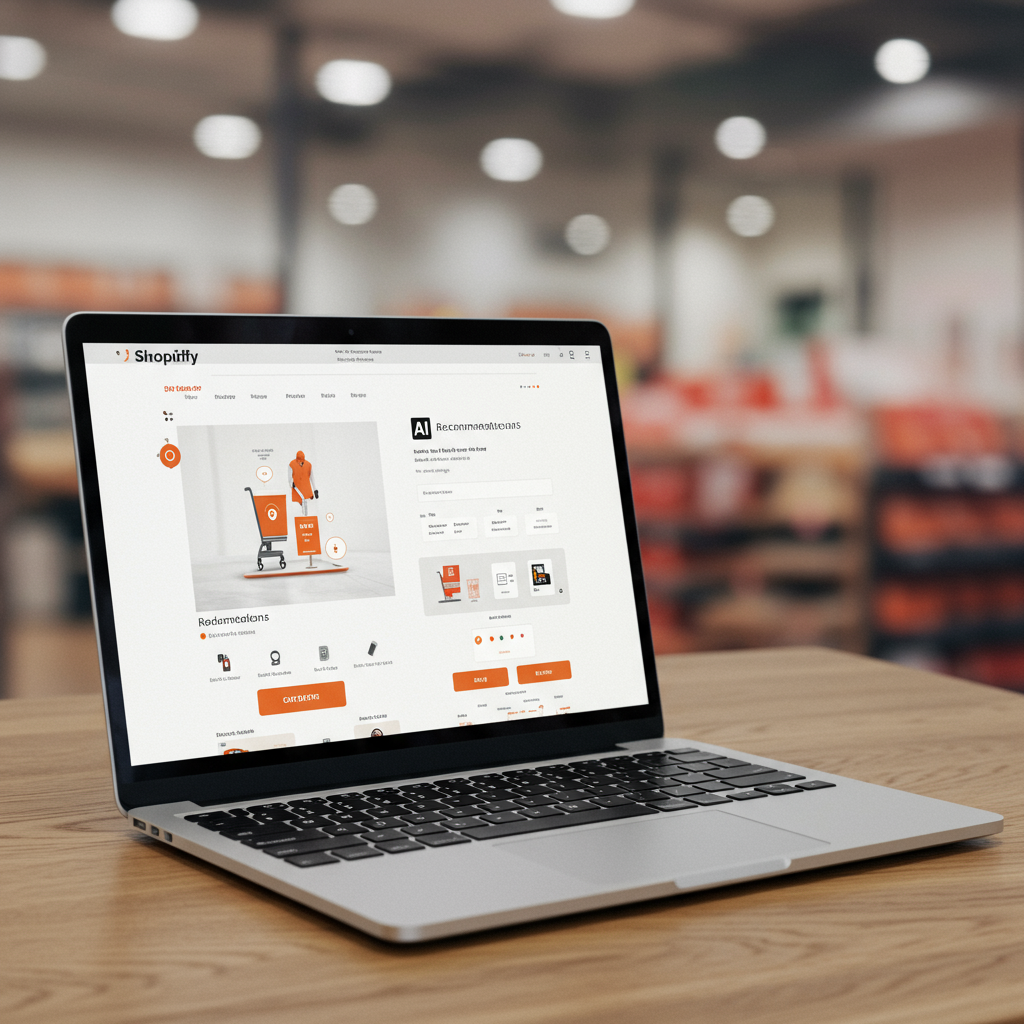Transforming your digital storefront into a conversion powerhouse for the future of e-commerce.
As a Shopify merchant, you know your online store’s homepage is more than just a digital storefront; it’s your brand’s first impression, your virtual handshake with potential customers.
In the rapidly evolving e-commerce landscape, staying ahead means constantly refining your approach, especially as we look towards 2025.
The design choices you make today for your Shopify homepage will significantly impact your conversion rates, customer engagement, and ultimately, your bottom line tomorrow.
I’ve spent countless hours analyzing trends and best practices, and I’m excited to share my insights on how to craft a compelling, high-converting homepage for the year 2025.
My goal is to equip you with actionable strategies that will not only make your store look fantastic but also perform exceptionally well.
One of the biggest shifts we’re seeing is the move towards hyper-personalization, driven by advancements in artificial intelligence.
Your homepage in 2025 should intelligently adapt to individual visitor behavior, showcasing products they’re most likely to be interested in, even on their very first visit.
Static images are becoming less impactful. Consider integrating immersive experiences like 3D models, augmented reality (AR) previews, or high-quality product videos directly on your homepage.
These elements provide a richer, more engaging experience, helping customers visualize products in their own space or understand their features more deeply.
Consumers are increasingly conscious about ethical sourcing and environmental impact. Your homepage is the perfect place to subtly highlight your brand’s commitment to sustainability.
This could be through a dedicated section, trust badges, or even a simple statement in your footer, reinforcing your brand values and building trust.
This isn’t new, but its importance continues to grow: mobile-first design is paramount. A significant portion of your traffic will come from mobile devices.
Your homepage *must* be flawlessly responsive, loading quickly and looking perfect on any screen size, from the smallest smartphone to the largest desktop monitor.
Patience is a virtue, but not one online shoppers possess. A slow-loading homepage is a conversion killer, leading to high bounce rates.
Prioritize image optimization, efficient code, and leveraging Shopify’s robust infrastructure to ensure your page loads in mere seconds.
The hero section is your prime real estate. It needs a compelling headline, a high-quality image or video, and a clear call-to-action (CTA) that immediately tells visitors what you offer and what you want them to do.
An intuitive menu is paramount. Customers should be able to find what they’re looking for within a few clicks. Consider mega-menus for larger inventories to enhance navigation.
Showcase your bestsellers, new arrivals, or seasonal collections prominently. Use attractive visuals and concise descriptions to entice visitors.
Integrate social proof by featuring customer reviews, testimonials, or user-generated content. People trust what others say about your brand more than what you say about yourself.
Every section of your homepage should guide the user. Use clear, action-oriented language for your buttons (e.g., ‘Shop Now,’ ‘Learn More,’ ‘Discover Collection’) to prompt engagement.
If you have a blog, feature recent posts prominently. This not only drives traffic to valuable content but also positions you as an authority in your niche.
Make it easy for customers to contact you. Display trust badges (secure checkout, money-back guarantee) to alleviate concerns and build confidence.
While design is visual, don’t forget the underlying SEO. Use relevant keywords in your headings and image alt text. Ensure your site structure is crawlable by search engines.
Design for everyone. This means using legible fonts, good color contrast, and providing alternative text for images. An accessible site is a better site for all users.
Don’t guess; test. Continuously experiment with different headlines, images, CTAs, and layouts through A/B testing to see what resonates best with your audience.
Use tools like heatmaps and Google Analytics to understand how visitors interact with your homepage. Where do they click? Where do they drop off? This data is invaluable for optimization.
Your homepage isn’t just a catalog; it’s an opportunity to tell your brand’s story. What makes you unique? Why should customers choose you? Weave this narrative throughout your design.
Avoid clutter. A clean, minimalist design often performs better because it reduces cognitive load and focuses the user’s attention on what truly matters.
Your homepage isn’t a static billboard. Keep it fresh with new products, seasonal promotions, and updated content. A dynamic homepage signals an active, thriving business.
Designing a high-performing Shopify homepage for 2025 is an ongoing journey, not a destination. It requires a blend of aesthetic appeal, technical prowess, and a deep understanding of your customer.
By embracing personalization, immersive experiences, mobile-first principles, and focusing on speed and clarity, you’ll be well on your way to creating a homepage that not only attracts but also converts.
Remember, your homepage is your digital front door. Make it welcoming, informative, and irresistible to every visitor.
I hope these tips provide a solid foundation for your 2025 Shopify strategy and help you achieve your e-commerce goals.
What do you think about this article? I’d love to hear your thoughts and any strategies you’ve found particularly effective in your own Shopify journey.
Let’s continue to build amazing online experiences together, pushing the boundaries of what’s possible in e-commerce.






